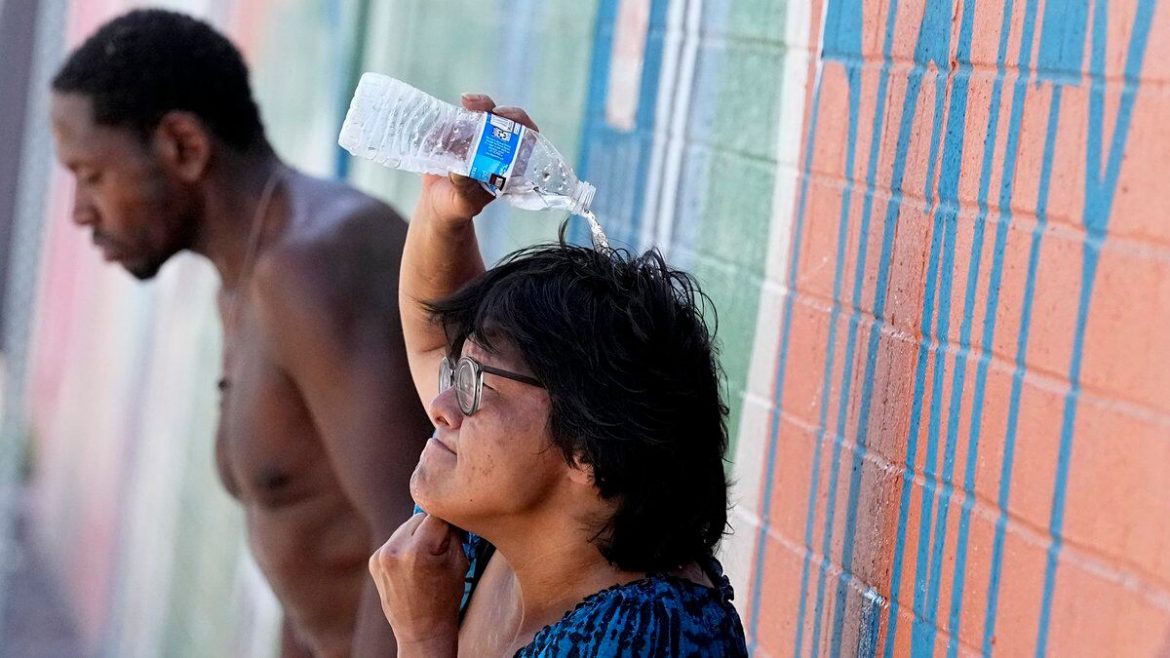Latest research shows that heat deaths surged by as much as 50% in Phoenix in 2023 – the deadliest year on record after extreme temperatures pummeled America’s hottest city, with at least 579 people loosing their lives this year.
According to the year’s final heat surveillance report by the medical examiner’s office in Maricopa county, where Phoenix is located, senior citizens accounted for one in three deaths. Another 56 suspected heat deaths are still under investigation.
The report found that at least 45% of people who died were unsheltered and sleeping behind dumpsters, in car parks or on the burning hot sidewalk – even as daily temperatures hit 115F (46C) or higher on 22 different days. Heat deaths are always preventable given the right resources, according to public health experts.
The annual heat death toll has risen threefold since 2019, as the city’s affordable housing and addiction crises have converged with the climate emergency, report shows. Almost 1,900 people have died in the past five years, and thousands more have needed emergency medical help.
Phoenix, which is the capital of Arizona and America’s fifth-largest city with 1.6 million people, is accustomed to a hot desert climate, but temperatures are rising due to global heating – made worse by decades of unchecked urban development that created a sprawling heat island.
Read also: Protesters match through Amsterdam calling for climate action
Recall that In 2021, the city created a dedicated extreme heat office to tackle the rising death toll and make the stifling urban landscape more livable by increasing tree cover and built shade – especially in low-income neighborhoods which are often the least green and the hottest.
Also, In early August, the Democratic governor, Katie Hobbs, declared a statewide heat emergency after an unprecedented hot spell with 31 consecutive days at 100F or higher in Phoenix. The previous record was 18 consecutive days, recorded in 1974, according to the National Weather Service (NWS) in Phoenix.
The goal of the emergency declaration is to develop a coordinated response to tackle heat inequities across the state, but experts say that this will take time.
Melissa Guardaro, assistant research professor at Arizona State University’s Global Institute of Sustainability and Innovation said that seniors, who are more vulnerable to extreme heat, are being displaced through increased housing costs at a rate faster than government agencies can find shelter for them.
“We are moving to more sustainable funding for emergency needs like cooling centers,”Guardaro said. “One heat office is not going to make a dent in a housing and substance abuse crisis over the course of a year. We are seeing the impact of an intersectional crisis where extreme heat is exposing fractures in our infrastructure,”.
Story was adapted from the Guardian.
